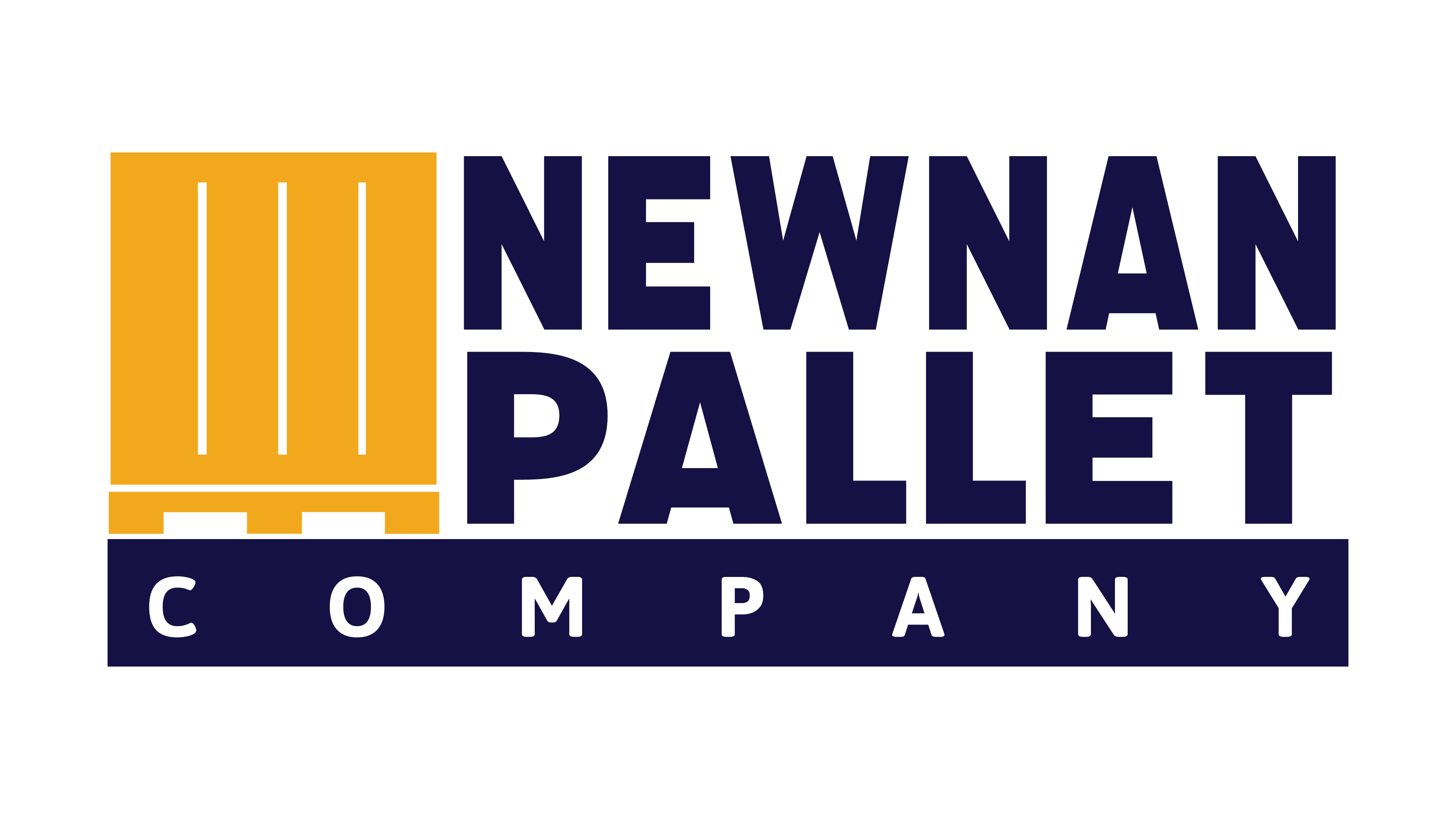Selecting the appropriate pallet size is critical for effective storage, shipping, and product protection. However, with so many options available, understanding the world of pallet measurements can take time and effort. This blog is a comprehensive resource for learning about standard pallet sizes and their applications.
The King of Pallets: The GMA 48″ x 40″
The GMA 48″ x 40″ pallet, commonly known as the grocery pallet, dominates North America. This workhorse has a 30% market share, making it the most popular option for consumer packaged goods. Its dimensions are appropriate for normal truck trailers and containerized shipments, optimizing space efficiency while minimizing wasted floor space.
Beyond the Standard: A Universe of Pallet Sizes
While the GMA pallet reigns supreme, several standard sizes cater to special requirements:
- 42″ x 42″: Popular in Europe and Asia, its square size allows quick container loading and is perfect for heavy-duty applications.
- 48″ x 48″: This larger choice improves stacking stability for big or uneven loads.
- Euro Pallets (1200 × 800 and 1000 x 1200 mm): These metric-sized pallets, which are widely used throughout Europe, adhere to international shipping standards.
- Block Pallets: 32″ x 32″ and 40″ x 40″. These small squares work well in tight locations and are commonly used for bagged or boxed goods.
Choosing the Right Palette: Size Matters!
Choosing the ideal pallet size relies on various factors:
- Product Weight and Dimensions: Ensure the pallet can handle your cargo’s weight properly and prevent overhang.
- Stacking requirements: Consider the pallet’s stability when stacked, and select a size that allows for safe, secure storage.
- Shipping method: Choose sizes appropriate for your selected mode of delivery (truck, container, etc.).
- Cost and Availability: Balance affordability with the unique requirements of your product and supply chain.
Pro Tip: Work with a reliable pallet provider who can advise you on the optimum size for your specific needs and give customized solutions. At Newnan Pallet, we are here to help.
Beyond the Basics: Additional Pallet Consideration
- Material: Wood, plastic, and metal pallets have advantages and disadvantages in terms of cost, weight, durability, and environmental impact.
- Entry/exit options: Consider how things will be loaded and unloaded from the pallet (forklift, pallet jack, etc.).
- Environmental impact: Choose recyclable or reusable products to reduce your carbon footprint.
Understanding standard pallet sizes and their applications allows you to make informed decisions that improve your supply chain’s efficiency and cost-effectiveness. Remember, the proper pallet is an investment in the efficient operation of your business!
Share On :-

